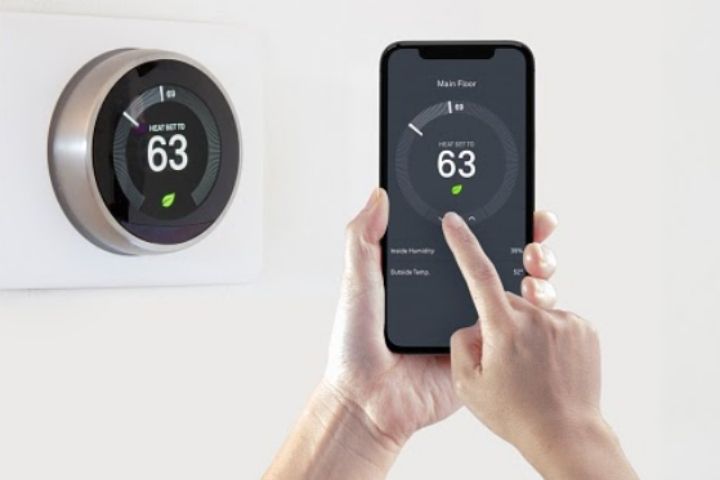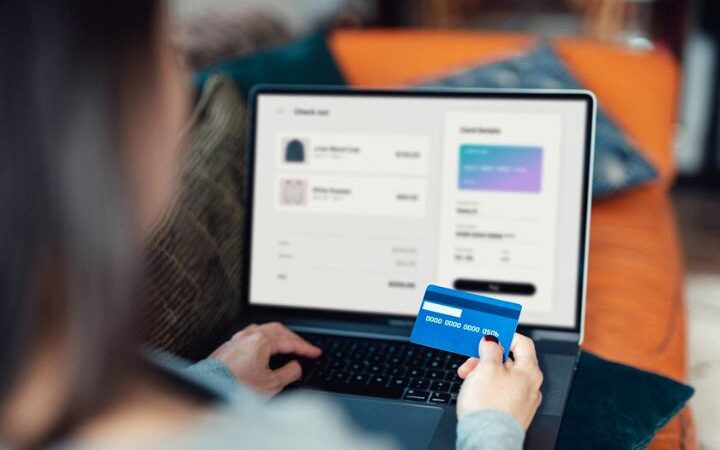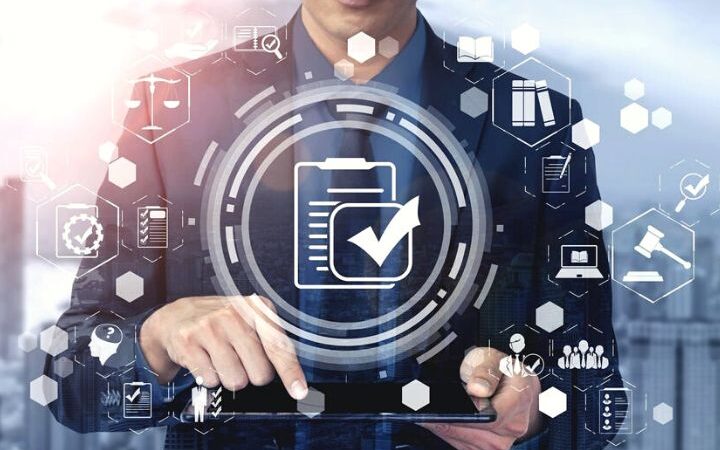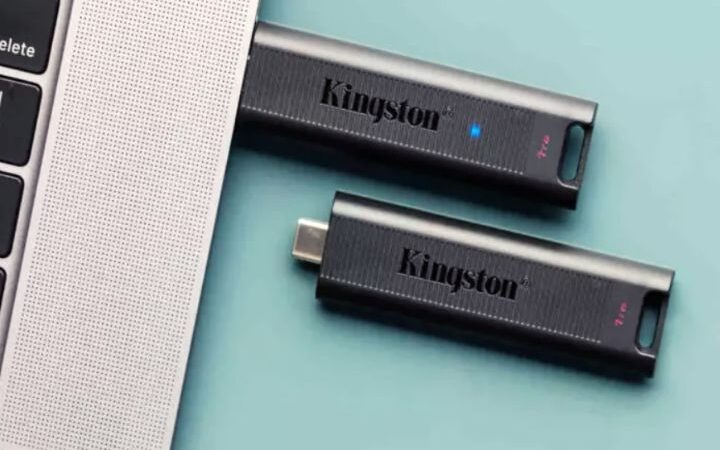Tips For Rental Home Energy Management

Utility bills are one of the essential rental property expenses both landlords and tenants have to consider. Electricity often plays a significant part in calculating the bottom line of a utility bill, so finding better ways to conserve energy is an incredible hack to reduce your expenses.
As a landlord, even if your lease exempts you from paying utility bills, finding strategies to help your tenants reduce their expenses can be an excellent selling point. It can also help you limit your vacancies.
Thankfully, efficiency is one of the ways tech enables the new world, so there are many tips landlords and tenants can adopt in their rental property to conserve energy.
Table of Contents
Learn To Estimate Your Energy Costs
The first rental home energy management tip is to learn how to estimate your energy costs. Electricity usage monitors come in handy at this phase because they can efficiently calculate how many watts a device uses. You can then use those numbers to estimate your annual energy consumption.
Although you might not arrive at exact numbers, learning to estimate your energy costs can be an eye-opener. You can identify the devices contributing significantly to your utility bill and replace the culprits with their more energy-efficient counterparts.
Adopt Energy-Efficient Lighting
LED bulbs are one of the energy-efficient updates that are pocket and environmentally friendly. Although initially, they are more expensive than their incandescent counterparts, they are cheaper in the long run because they consume less energy and have a longer lifespan. More so, their prices keep dropping every day.
They are available in various shapes and sizes, making them ideal for multipurpose indoor use. These energy-efficient bulbs also perform well outdoors because of their resistance to low temperatures. Some include features such as motion sensors, so they’re great for security purposes.
Use A Programmable Thermostat

Another way to save energy in your rental property is by installing a programmable thermostat. A thermostat that gives users the option to make adjustments can help you save money by reducing energy consumption on heating or cooling.
For instance, rather than burning electricity to keep your home at a lower temperature in the summer, you can set the thermostat closer to regular at night when the temperature drops and you need less cooling. Advanced thermostats even allow you to track your home’s heating system and recommend ideal on/off times to achieve peak comfort.
Install weatherstrips on your windows
Windows have a vital role to play in your home’s heating and cooling system. Upgrading your windows to make them more energy-efficient will improve your home’s comfort and reduce your energy consumption.
Installing weatherstrips on your windows involves using materials such as foam, metal, or vinyl to seal air inside or outside your home. The advantage of weatherstripping is that you trap cold air from your AC unit inside the house during the summer, and in the winter, you keep the warm air inside and prevent heat loss.
Minimize Energy Loss By Insulating Your Ducts
Air ducts are an integral part of your home’s heating system. They transport to air and much-needed heat through a network of tools around the house. If they aren’t adequately insulated, you lose more heat and drive up your electric bill. So consider minimizing energy loss by installing a new duct system that efficiently directs air through your home and avoids letting heat flow into unwanted areas. If buying a new duct system exceeds your budget, you can improvise by upgrading your existing one. Sealing off leaking airways and removing obstacles from air outlets are some things you can do to mitigate energy loss in your ducts.
Switch To Energy-Efficient Kitchen Appliances
Big kitchen appliances such as dishwashers and refrigerators tend to be the highest energy consumers in the home. Replacing them with their more energy-efficient counterparts can go a long way in reducing your annual energy consumption. Swap your older models for more advanced and energy-conservative options that significantly reduce your electric bills.
Meanwhile, you can adopt conservative energy management techniques with your older models until you’re ready to upgrade to a more energy-efficient model. Some of the tips you could implement are: filling up the dishwasher before washing, using a covered pot or kettle when cooking, reducing the fridge’s temperature, and much more.
Install An Energy-Efficient Water Heater
Water heaters are worth mentioning because they’re not kitchen appliances, but they consume a lot of power. Hot water is an essential need, so you can’t do away with having a water heater. Thus, it is in your best interest to install an energy-efficient water heater.
There are several types on the market, including conventional storage tanks, solar, and tankless water heaters. What determines your choice should be a combination of multiple factors, including price, fuel type, size, and efficiency.
Implement Energy-Saving Laundry Hacks
Another energy-consuming appliance in the laundry machine so utilize hacks when you can. Although it’s hard to monitor if your tenants are using cold water to wash their clothes, there are other ways you can limit power consumption as the landlord.
During routine inspections, make sure the dryer vent is free from debris; it not only consumes energy it can also be a fire hazard. If you’re responsible for providing soap, use high-efficiency machines’ detergents that wash well and use less water. You can also print energy-saving laundry tips and paste them in a visible corner of your laundry room. Still, the best hack is to buy a more efficient model with features like moisture sensors and temperature settings.
Conclusion
Adopting rental home energy management techniques is beneficial to both landlords and tenants. It reduces utility expenses, attracts more tenants, and is eco-friendly. Of course, you don’t have to start implementing all these strategies straight away. Feel free to start from the cheaper and easier ones to install, such as LED lighting, before moving to more expensive tips like buying new appliances. If you need to, hire a professional investment management company to help you implement these changes and other parts of the rental process.







